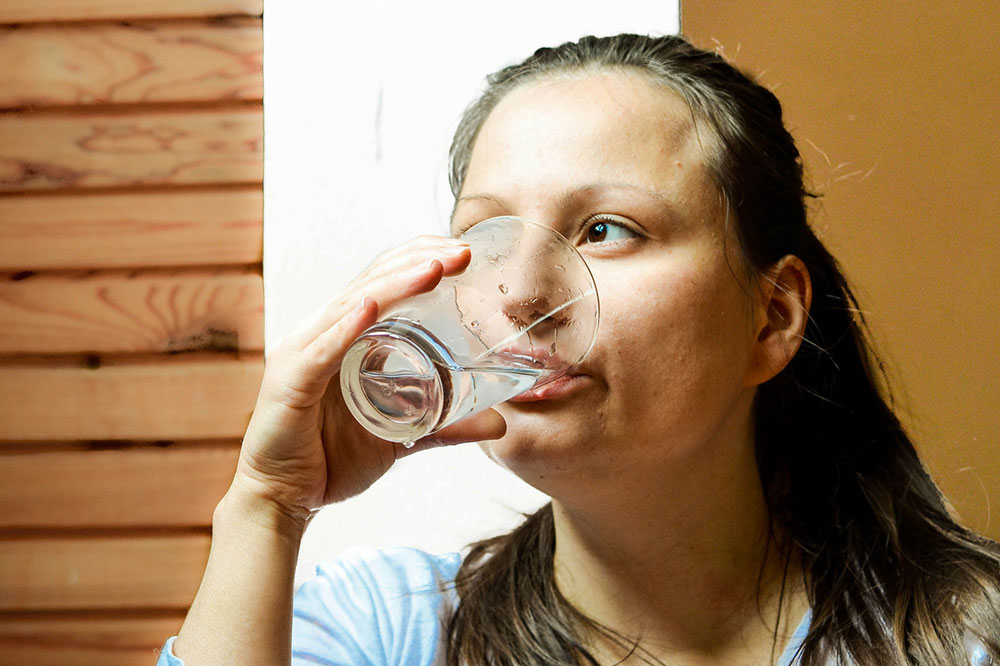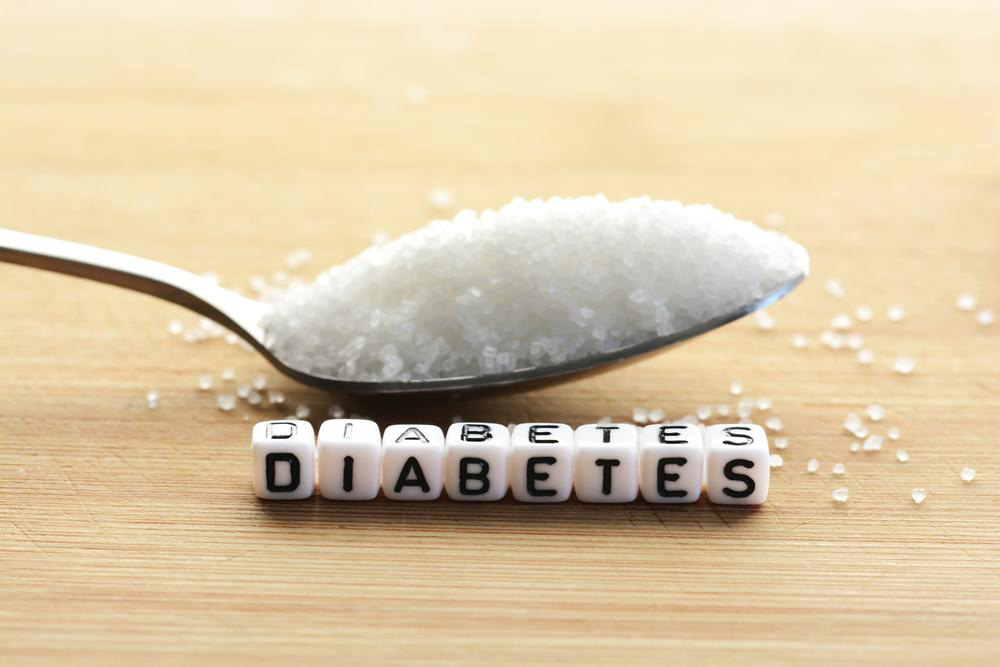Comprehensive Guide to Dehydration: Causes, Risks, and Effective Prevention Methods
This comprehensive guide explores dehydration, its causes, including excessive sweating, diarrhea, and fever, and provides effective prevention strategies like staying hydrated, eating water-rich foods, and managing environmental exposure. Proper hydration is vital for health, and understanding the signs and risks can help prevent serious health issues, especially for vulnerable groups. Implementing these tips ensures optimal body function and wellness, making dehydration prevention an essential part of daily health routines.

Comprehensive Guide to Dehydration: Causes, Risks, and Effective Prevention Methods
Dehydration is a common health issue that occurs when the human body loses more fluids than it takes in, leading to a significant deficit of water necessary for all vital physiological functions. Proper hydration is crucial for maintaining overall health, supporting organ functions, regulating body temperature, and ensuring that metabolic processes run smoothly. When dehydration occurs, it can lead to a range of health complications, especially in vulnerable populations such as children, older adults, and individuals with certain medical conditions. Recognizing the signs, understanding the underlying causes, and adopting effective prevention strategies are key to avoiding the adverse effects associated with dehydration.
Understanding the causes of dehydration is vital for effective prevention. Below are some of the primary contributors:
Excessive sweating
Sweating is the body's natural mechanism to regulate temperature, especially during physical activity or in hot environments. While normal sweating helps keep the skin moist and cools the body, excessive sweating—caused by prolonged physical exertion, high outdoor temperatures, or humidity—can lead to significant loss of water and essential electrolytes such as sodium and potassium. This electrolyte imbalance can impair nerve and muscle function, further exacerbating dehydration symptoms.
Gastrointestinal disturbances like diarrhea and vomiting
Conditions that cause frequent diarrhea or vomiting drastically accelerate water and electrolyte loss, which can occur rapidly. Diarrhea, whether caused by infections, food intolerances, or other gastrointestinal issues, results in the body shedding large amounts of fluid. Similarly, vomiting leads to a quick loss of water and electrolytes, weakening the body's ability to maintain normal physiological functions. These symptoms are especially dangerous in young children, older adults, and individuals with weakened immune systems.
Fever and infections
When the body fights an infection, the immune response often produces fever. Elevated body temperature triggers sweating to help dissipate heat. However, prolonged or intense sweating during a fever causes additional fluid loss, which can swiftly lead to dehydration if not properly managed. Fever also increases metabolic rate, further raising fluid requirements.
Environmental factors and lifestyle choices
Exposure to hot and humid climates increases the risk of dehydration. Additionally, certain lifestyle factors—such as inadequate fluid intake, excessive alcohol consumption, and not recognizing thirst signals—compound the risk. Physical activities like exercise, outdoor work, and sports increase water loss through sweating, making hydration essential.
Preventive measures are simple yet effective when consistently practiced. Here are some strategies to keep hydration levels optimal:
Consistent water intake
Maintaining an adequate intake of water throughout the day is the most straightforward way to prevent dehydration. It is recommended to drink at least eight cups of water daily, but individual needs may vary based on age, activity level, and environmental conditions. During hot weather or intense physical activity, it’s crucial to increase water consumption to compensate for additional losses.
Pay attention to thirst cues
Thirst is a natural indicator that the body's hydration level is declining. Responding promptly by drinking water when feeling thirsty can prevent dehydration. Don’t wait until you feel extremely dry or thirsty, especially during travel or outdoor activities where access to fluids might be limited.
Incorporate hydrating foods into daily diet
Eating foods with high water content can significantly boost hydration levels. Examples include cucumbers, tomatoes, watermelon, zucchini, spinach, peaches, oranges, and strawberries. These foods not only provide hydration but also supply essential vitamins and minerals that support overall health and immune function.
Manage environmental exposure and activity levels
Avoid prolonged exposure to direct sunlight during peak hours. Use protective clothing, hats, and shaded areas to reduce sweating. Take regular breaks during physical activity, and hydrate before, during, and after exercise.
Monitor health conditions
Individuals with health issues such as diabetes, kidney problems, or illnesses that lead to high fluid loss should manage their hydration carefully under medical supervision. In certain cases, electrolyte solutions or sports drinks may be recommended to restore electrolyte balance, especially after prolonged sweating or illness.
Understanding dehydration and actively implementing preventive practices can greatly reduce health risks and improve quality of life. Recognizing early symptoms such as dry mouth, fatigue, dizziness, and dark urine allows for prompt action to rehydrate and prevent serious complications. Whether engaging in outdoor activities, managing medical conditions, or simply going about daily routines, hydration must be prioritized for overall health and well-being.





